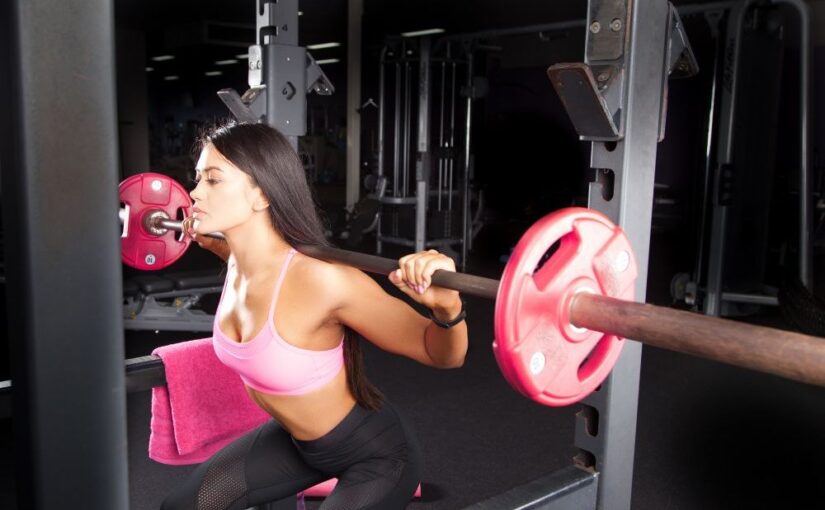When setting up a home gym, choosing the right equipment is crucial for achieving your fitness goals. Among the most popular options for strength training are the half rack and the power cage. Both provide essential support for exercises like squats and bench presses, but they differ significantly in design, features, and functionality. This article will compare half racks and power cages to help you determine which is the best fit for your workout routine.
Understanding the Basics
Half Rack
A half rack is a simplified version of a power cage, featuring two vertical posts and adjustable safety arms. It is designed primarily for performing squats and other free-weight exercises while allowing for a bit more open space compared to a full cage.
Key Features:
- Compact Design: Takes up less space than a power cage, making it suitable for smaller home gyms.
- Versatility: While primarily designed for squats, half racks can also accommodate bench presses and various other lifts.
- Open Access: The open design allows for easier entry and exit during workouts, enhancing convenience.
Power Cage
A power cage, or power rack, is a more robust and enclosed structure with four vertical posts and safety bars. It provides a secure environment for a wide variety of exercises and is particularly useful for heavy lifting.
Key Features:
- Enclosed Design: Offers enhanced safety with adjustable safety bars that catch the barbell in case of a failed lift.
- Multiple Functions: Supports a broader range of exercises, including squats, bench presses, overhead lifts, and more.
- Additional Attachments: Many power cages come with options for pull-up bars, dip stations, and other attachments, making them highly versatile.
Benefits of Each
Benefits of Half Racks
- Space Efficiency: Half racks take up less room, making them ideal for home gyms with limited space.
- Affordability: Typically less expensive than power cages, half racks are a cost-effective choice for those just starting out.
- Simplicity: The design is straightforward, making it easier for beginners to use without feeling overwhelmed by features.
Benefits of Power Cages
- Safety Features: The enclosed design and safety bars provide added security, particularly for solo lifters performing heavy lifts.
- Versatility: A power cage can accommodate a wider variety of exercises, allowing for a more comprehensive workout.
- Stability: The robust construction of power cages offers greater stability during heavy lifts, which is crucial for serious lifters.
Considerations for Choosing
Training Goals
- If you primarily focus on squats and basic lifts, a half rack may suffice. It offers the essential features needed for those exercises.
- If you plan to perform a variety of lifts or lift heavy weights, a power cage is likely the better choice. It provides additional safety and versatility for advanced workouts.
Space and Budget
- Space: Measure your available space before making a decision. A half rack is more compact, while a power cage requires more room.
- Budget: Consider your budget. Half racks are generally less expensive, making them a practical choice for beginners or those on a budget.
Experience Level
- Beginners: A half rack can be a good starting point for new lifters, as it is simpler and less intimidating.
- Advanced Lifters: More experienced lifters may prefer a power cage for its safety features and versatility, especially when lifting heavy weights.
Conclusion
Both half racks and power cages have unique advantages and are valuable additions to any home gym. Your choice ultimately depends on your training goals, available space, and budget. If you need a compact, budget-friendly option for basic lifts, a half rack may be the right fit. However, if you want a versatile piece of equipment that offers enhanced safety for heavy lifting, a power cage is likely the better investment.
Whichever you choose, both options will help elevate your strength training routine and support your fitness journey!

